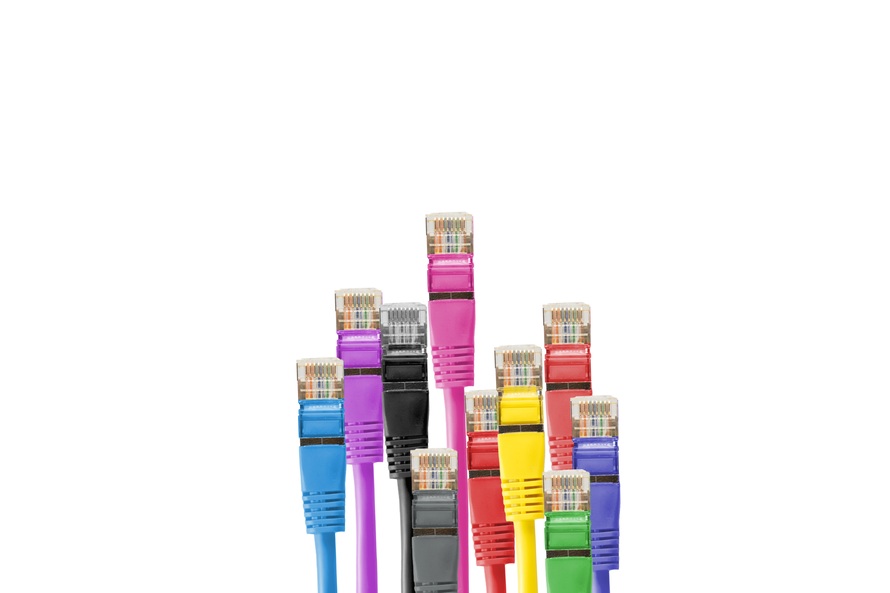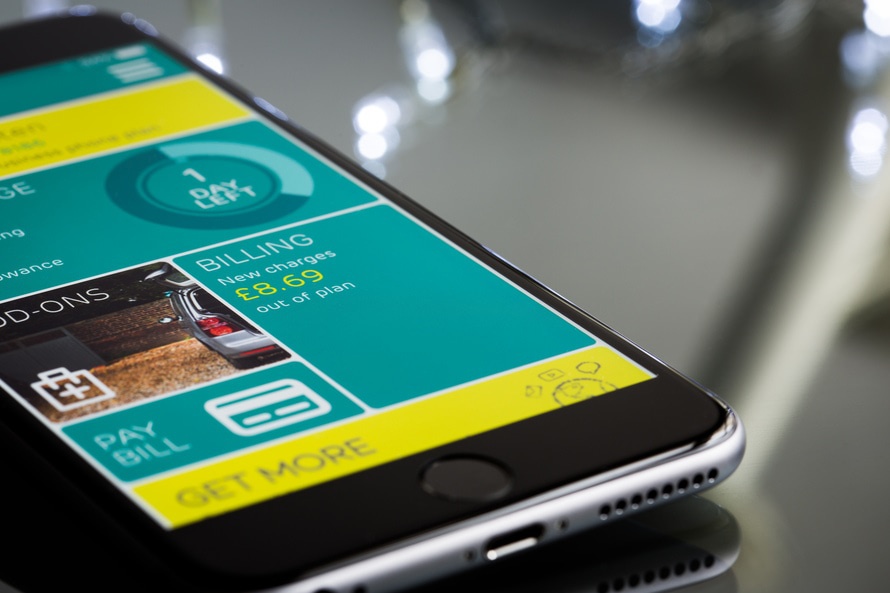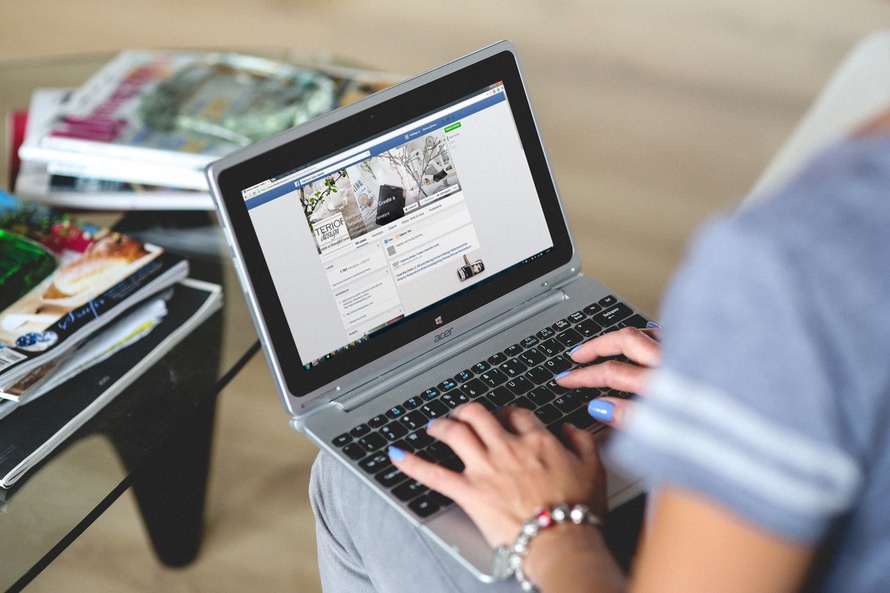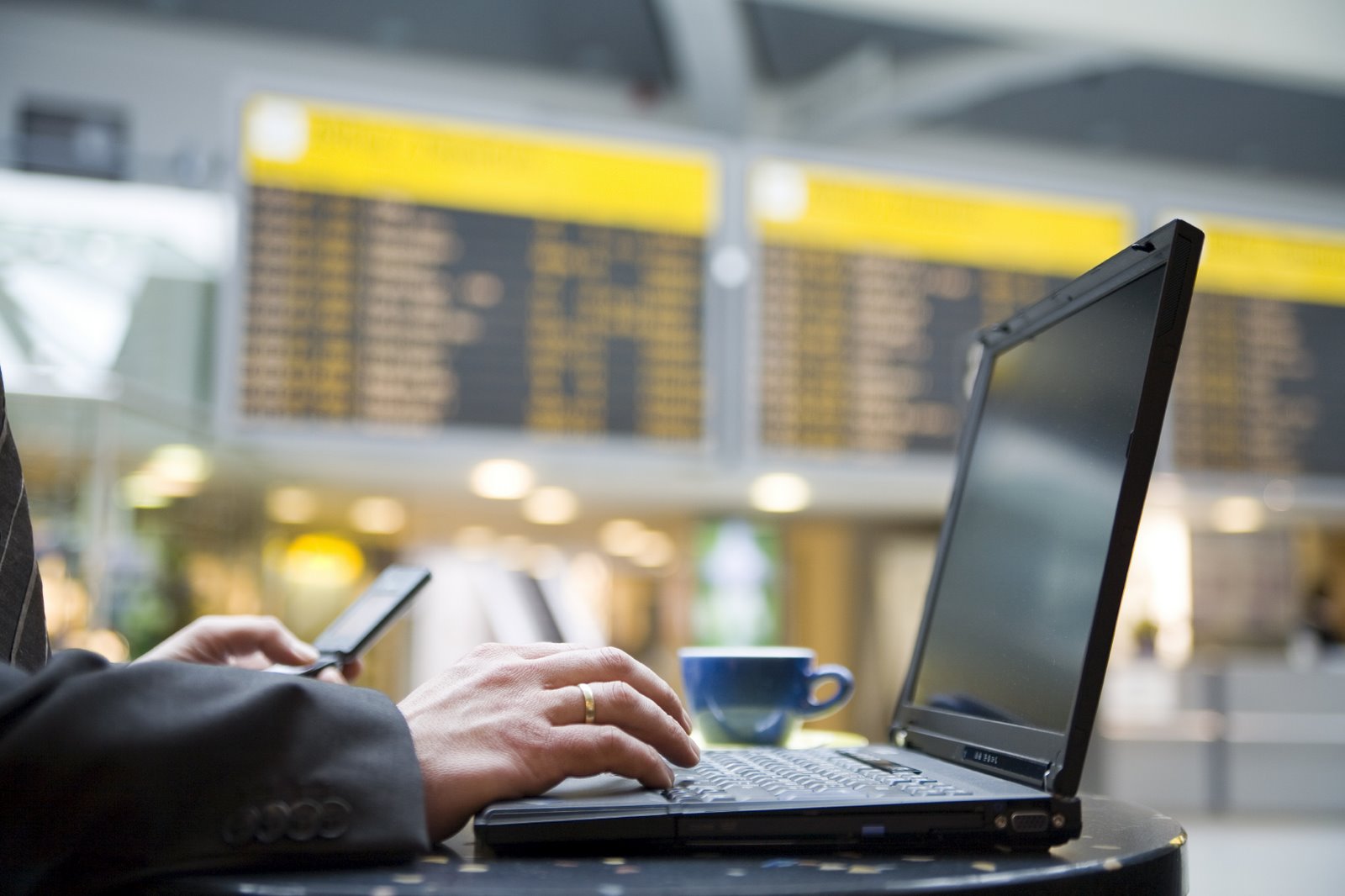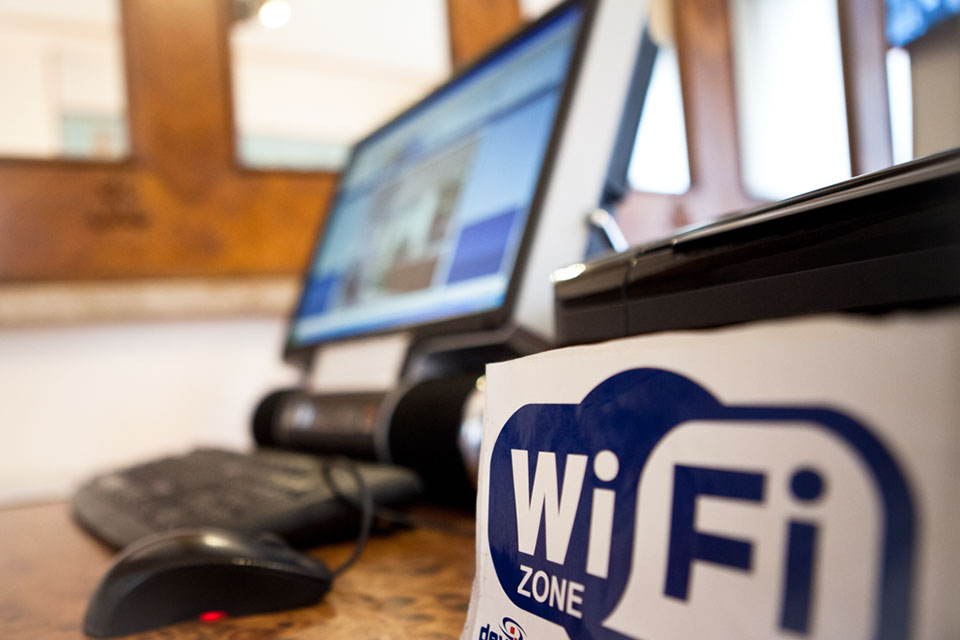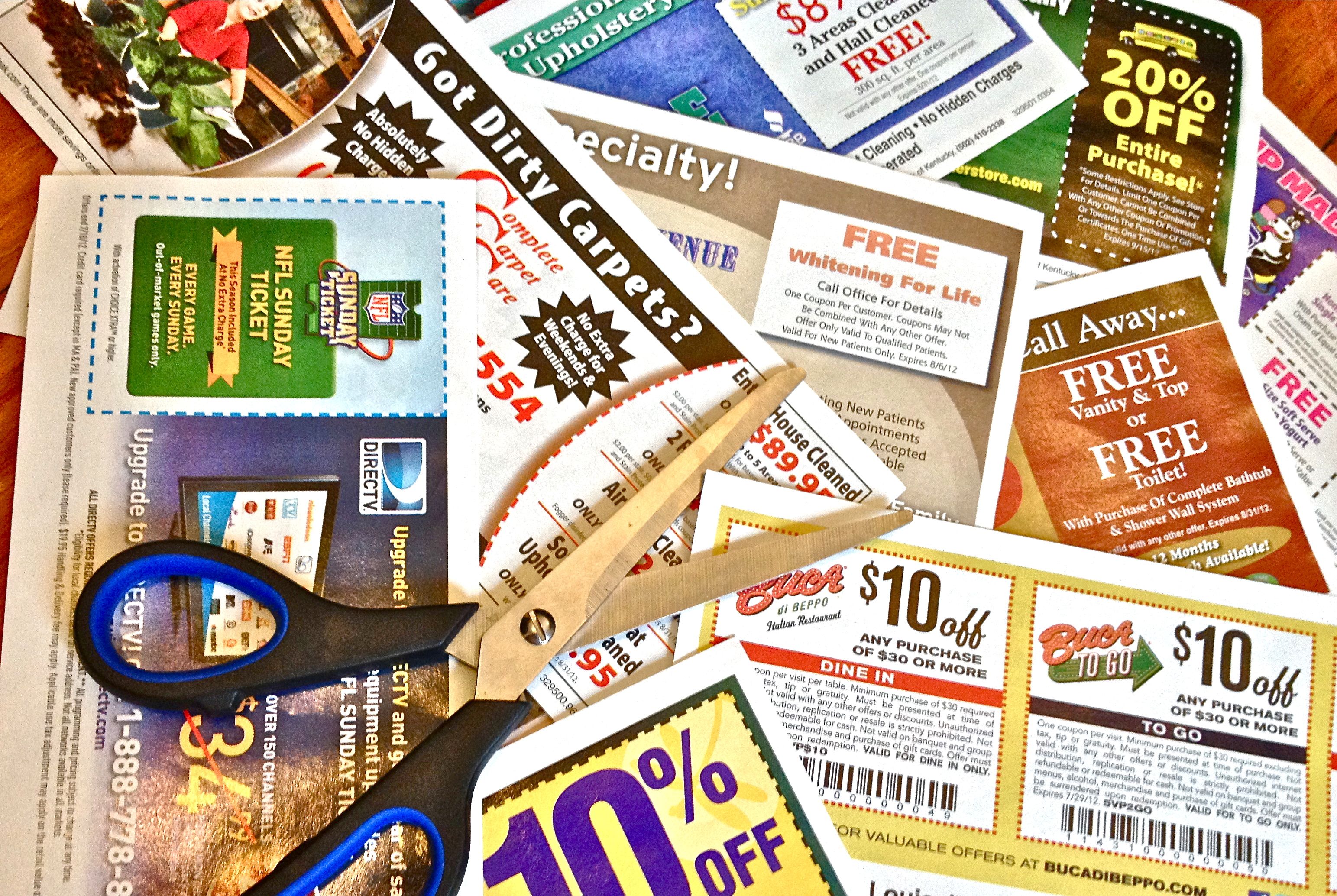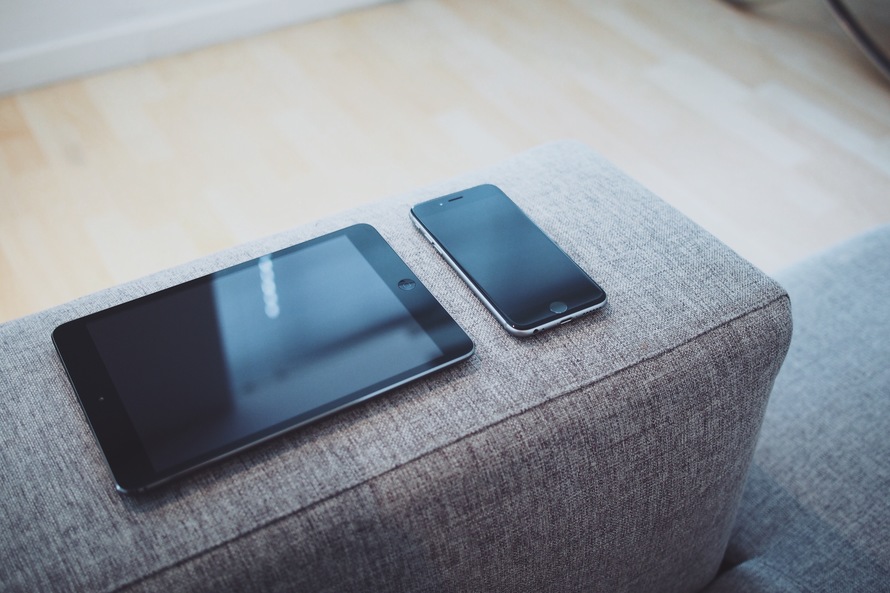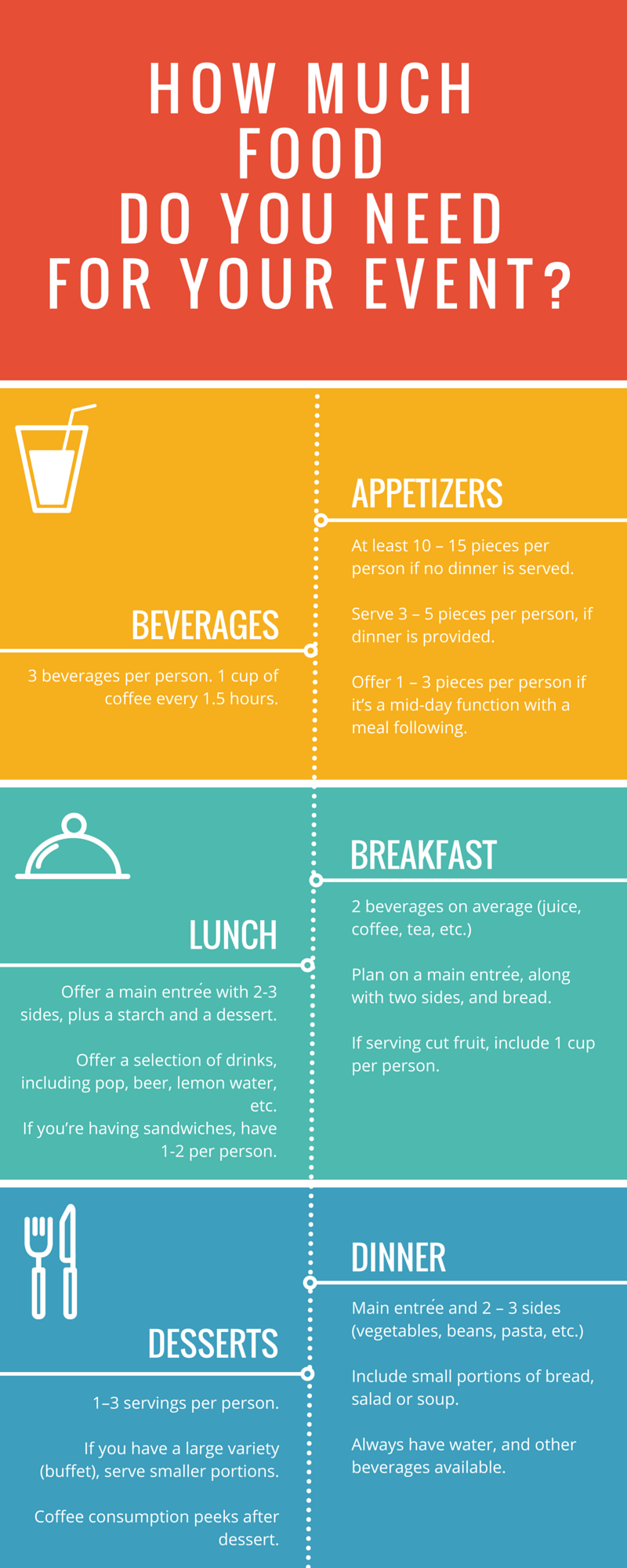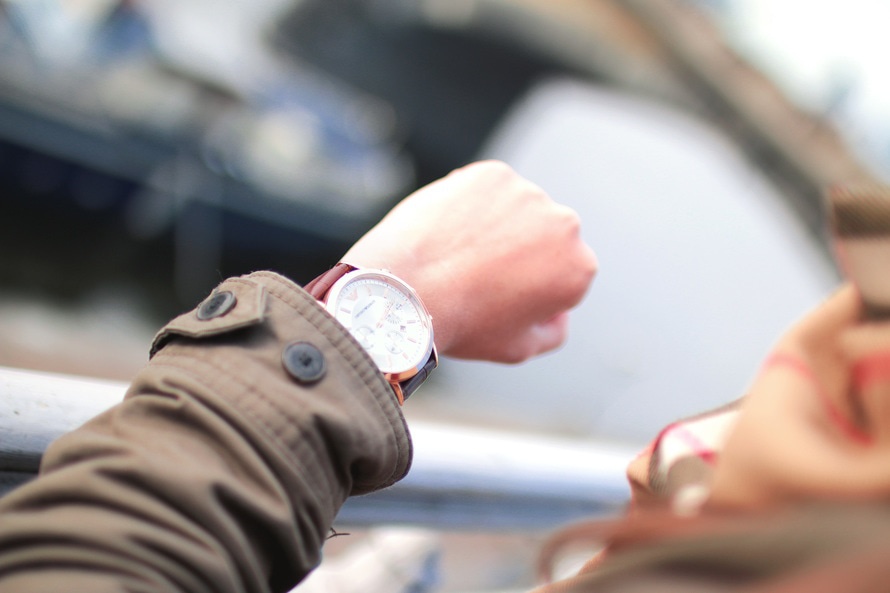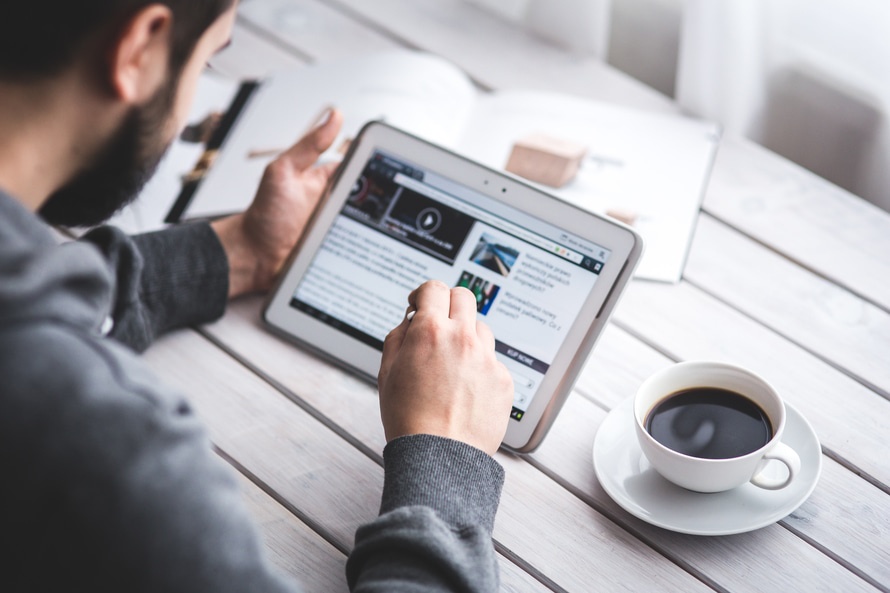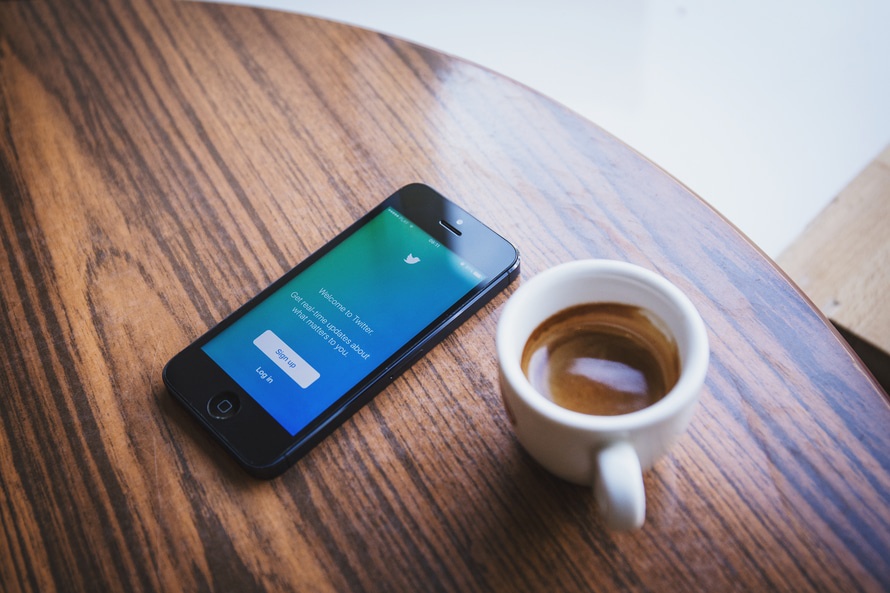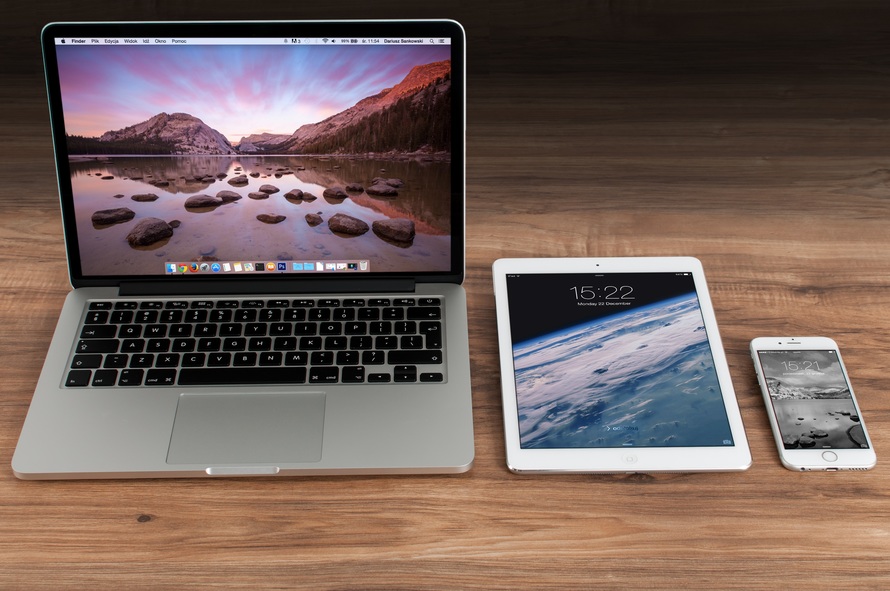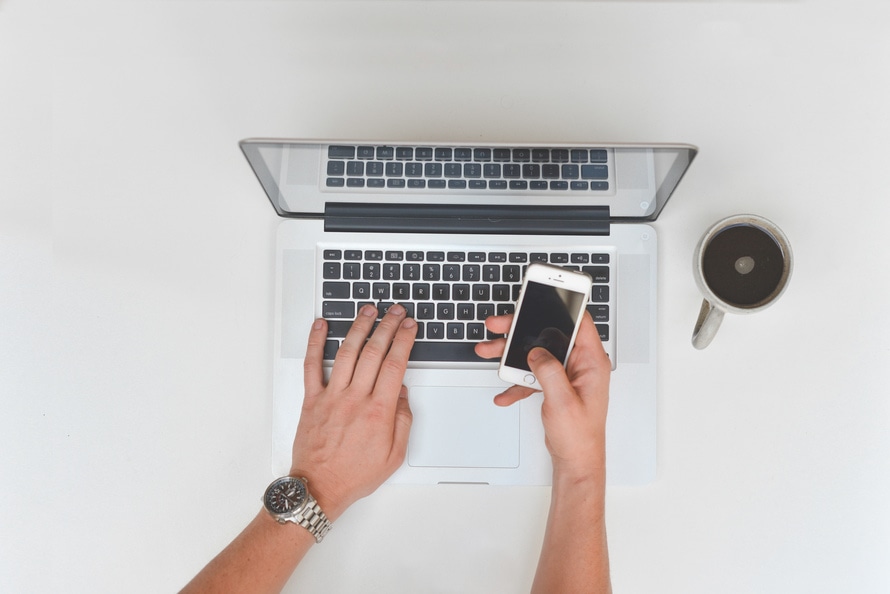Back in 2011 the U.N. declared Internet access a human right, yet whenever you leave the house or office, it’s hit or miss if you will have access to Wi-Fi.
If you move a lot, you really can’t work without Wi-Fi. You need to learn a few ways over the years how to get access to Wi-Fi wherever you go. Here are 10 ways to get Wi-Fi any time, anywhere in the world.
1. Just ask
One of the easiest ways to snag some free Wi-Fi is just to simply ask someone.
If a business doesn’t have Wi-Fi, or refuses to give you the password, ask a stranger. Yes, that actually works sometimes. Believe it or not, people aren’t always that stingy with their Wi-Fi.
If all else fails, you can do a little planning and ask people online. For example, you can identify the airports that offer free Wi-Fi by visiting this Foursquare page or login into your Facebook account to access free Wi-Fi.
2. Become hot spot savvy
Becoming more hot spot savvy means knowing the places that provide truly free and reliable Wi-Fi. These include bus and train stations, museums and community spaces like libraries, city plazas and parks. We’ve even noticed public areas around hospitals and court houses also have free Wi-Fi.
As you know, your phone will scan for open or unsecured Wi-Fi networks. Check that when you’re out and about. You may learn that places like your gym or favorite bookstore offer free Wi-Fi.
3. Know which businesses offer free WiFi
Knowing which businesses which offer free Wi-Fi will save you a lot of time whenever you’re out and about. Best of all? There are a lot of national chains that offer free Wi-Fi. These include:
- Starbucks
- McDonald’s
- Panera Bread
- Barnes & Noble
- Target
- Dunkin Donuts
- Buffalo Wild Wings
- Apple Store
- Marriott Hotels
- Staples and Office Depot
- Best Buy
- Whole Foods
You can also download the free Wi-Fi Pro app for either Android or iOS. It includes a database of 200 million Wi-Fi hotspots.
4. Use your cable company
This may not be technically free, but if you’re already paying for a cable or Internet subscription from companies like Xfinity, you’re plan may include access to Wi-Fi hotspots. Just login at your cable/Internet provider account and you’ll be connected to Wi-Fi.
Believe it not, cable companies are teaming up so that you can access Wi-Fi from a competitor! Sometimes you’ll notice this new inclination to help you immediately access an opposing competitor’s Wi-Fi right away.
5. Do a little MAC spoofing
The main drawback with free Wi-Fi is that you’re only allowed to use it for a certain amount of time. You can change that by spoofing the MAC address of your mobile device. This may be used mainly by those who aren’t afraid of getting a little technical.
This process will vary depending on your operating system, but here’s a guide for iOS and another for Android.
6. Join a community
Instabridge is an online community where crowd-sourced Wi-Fi connections and passwords have been compiled into one convenient location. Besides free locations, users also include passwords for secured locations. The free app can be downloaded at Google Play or the App Store.
7. Find hidden networks
Apps including Instabridge and Wefi find networks that are aren’t commonly known. Wefi even has a free app for your phone. However, there are a couple of other common places that have secretive networks. For example, most electronic stores provide Wi-Fi because they need to display products. If you’re at the airport, venture closer to premium lounges.
8. Join loyalty programs
Joining a loyalty program comes with a number of perks, often including free Wi-Fi. Many hotels, including Hilton, Marriott and Kimpton, include free Wi-Fi in their loyalty programs. Because travelers are expecting free Wi-Fi, it’s likely more businesses will reward their frequent customers with free Wi-Fi.
9. Coupons and promotions
If you’re not a frequent traveler, you can still take advantage of free Wi-Fi offers from hotels by visiting sites like RetailMeNot to find businesses like Gogo and Hyundai that are running a promotion or issuing a coupon for free Wi-Fi.
10. Make your phone a hot spot
When all else fails, you can turn your phone into a Wi-Fi hotspot through the common technique called tethering. You use your smartphone’s 3G or 4G as a Wi-Fi signal for your laptop or tablet. Here are instructions for Android and iOS.
You can also download tethering apps including PdaNet+ or FoxFi. Here’s to never going without Wi-Fi ever again in our lives!




